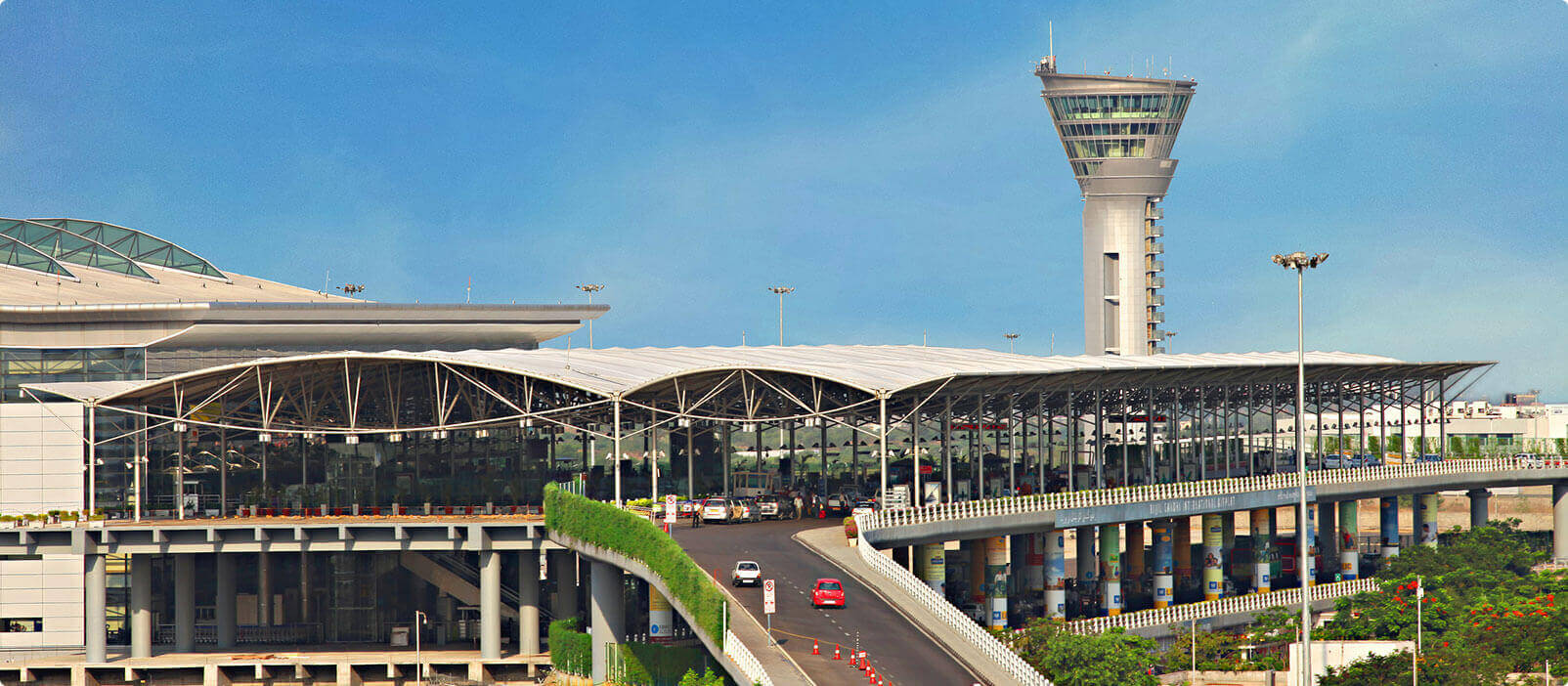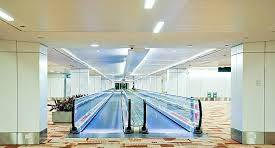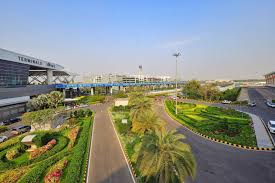
The baggage handling system (BHS) is the unseen workhorse of any airport, silently ensuring the smooth flow of passengers' belongings. However, traditional BHSs face limitations in efficiency, leading to bottlenecks, lost luggage and passenger frustration.

Airports are vast, energy-intensive facilities that operate around the clock, requiring immense amounts of power for lighting, heating, cooling and powering various systems and equipment. Consequently, energy costs constitute a significant portion of an airport's operational expenses.

Air travel has become an increasingly stressful experience for many passengers, particularly at large and busy airports. Long queues, confusing layouts and the need to walk significant distances between gates can all contribute to heightened anxiety and frustration levels. This not only impacts the overall passenger experience but can also lead to operational bottlenecks and inefficiencies.

Modern airports function as complex ecosystems, juggling high passenger volumes, stringent security protocols and the need for efficient operations. While functionality remains paramount, a growing focus is being placed on passenger experience.